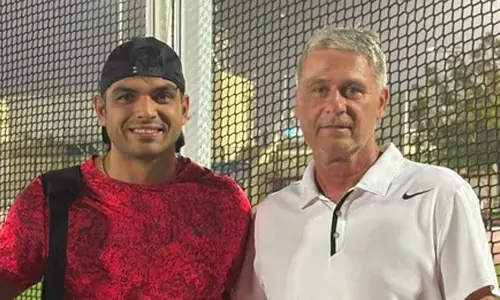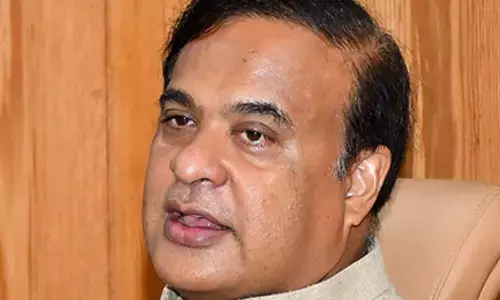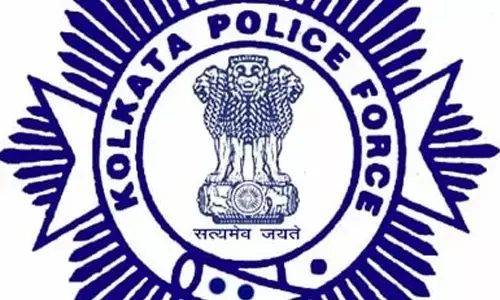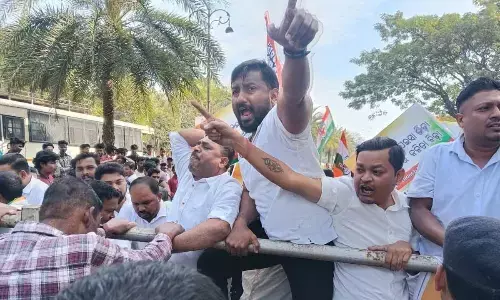Madurai Museum Has Artefacts Dating Back To 1500 BCE On Exhibition
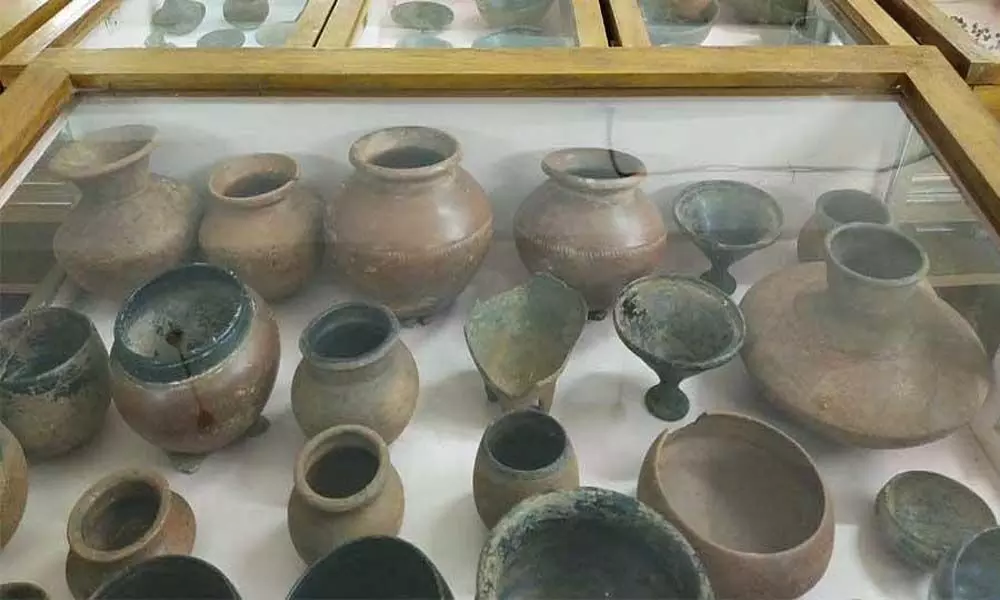
Madurai Museum's 1500 BC artefacts On Exhibition
- Several antiquities going back to 1500 BC were discovered in the foothills of Soolapuram village in Peraiyur Taluk and are now on exhibition for the first time at the district's Government Museum.
- The core substance of Carnelian beads found at the site indicates that the raw materials were imported from countries like Afghanistan and Rajasthan.
Over the past year, several antiquities going back to 1500 BC were discovered in the foothills of Soolapuram village in Peraiyur Taluk and are now on exhibition for the first time at the district's Government Museum. Dozens and dozens of Carnelian beads in various shapes including button, drum, and edged, glass beads, glass ornaments, black and red ware pottery, rasa-coated pottery, skeletal remnants such as skulls and bones, copper hooks, copper bangles, weighing stone, and iron utensils are among the artefacts.
The core substance of Carnelian beads found at the site indicates that the raw materials were imported from countries like Afghanistan and Rajasthan, as such resources are not available in Tamil Nadu, according to M Marudhupandian, the museum's curator. The rasa-coated pottery features an exquisite design with graffiti lines along the edges.
Marudhupandian also stated that Murugesan, an Economics professor at Gandhigram Rural Institute, escorted us to the site where a 20-acre burial site was discovered. For the past year, an individual who does not want to be recognised has been collecting tiny antiques and delivering them to the Peraiyur Taluk office.
He also added about the report that claimed that from the State Archeology Department and the Archaeological Survey of India have already performed an exploration at the site, but the results are still to be released.
Professor K Rajan of Pondicherry Central University said that such graffiti marks would have given rise to 'Tamili.' To illustrate his thesis, Rajan submitted excavation records from Vallam in Thanjavur, Kodumanal in Erode, and Porundhal in Dindigul, as well as pieces of pottery that match his statement.
He had said, though, that some of the other areas where many such objects were discovered near the river's edge, these elements were discovered in a hilltop burial site. This opens the way for more research in the future. Furthermore, the oval-shaped pottery, which depicts the time's material culture, is significant since it matches the Adichanallur finds.
However, Udhayakumar of the Pandya Nadu Centre for Historical Research led an investigation in the Soolapuram village foothills, where cist and urn tombs were discovered two years ago. Consequently, excavation was not carried out at the time.
Meanwhile, the location has been determined to be suitable for excavation, and work is expected to begin shortly.














